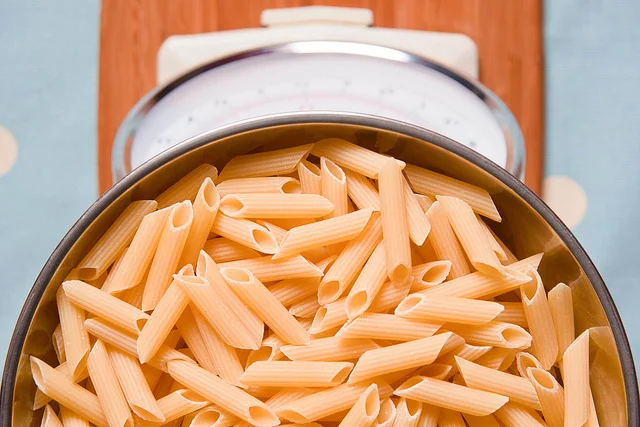Over the last few months I have been getting many requests to help my clients create their own food plan. Whether you are hoping to gain better performance in the gym or you just want to look awesome in your swimsuit, creating a food plan should definitely be a part of the journey. Below I explain how to get started:
1. Define A Goal
Here are some examples of measurable goals you should have: reducing body fat, reducing your measurements, reaching optimal performance.
2. Measure Your Macros For 3 Days
"Macros" include protein, carbs, and fat intake. Measure your macros by reading the labels on food packaging and keeping a food diary or else download the My Fitness Pal app for free and keep track of your macros that way. Make sure to pay attention to serving size.
3. Determine Your Calorie Maintenance Level
In order to determine your calorie maintenance level you need to find out the total amount of macros you are eating at the end of each day. Do this for three days and take the average. An example of one days worth of macros might look like this: Protein 125 grams | Carbs 150 grams | Fat 70 grams
Since 1 gram of protein/carbs equals 4 calories and 1 gram of fat equals 9 calories that means every gram of fat you eat equals 9 calories. In the example mentioned above, this person would have consumed a total of 1,730 calories. If this person's weight hasn’t fluctuated in a while, this would be their calorie maintenance level (the number of calories a person needs to eat each day in order to maintain their current weight.)
4. Revisit Your Goal (See Number 1)
If you are hoping to lose weight, you have to eat LESS. It isn't as easy as just cutting out carbs or fat. Yes, you will probably lose weight initially but it is never a good idea to cut one macro completely out of your diet.
Let’s reference the example from step 3 again. If we reduce the amount of protein/carbs/fat they eat, they will lose weight. The new macro numbers would look like this: Protein 115 (down from 125) | Carbs 130 (down from 150) | Fat 65 (down from 70.) The new total macros would be 1,565 calories per day (165 calories less per day.)
5. Carbs Are Your Friend
After you measure your macros for three days (and take the average of each), pay specific attention to the amount of carbs you consumed. Whether you are a marathon runner or a power lifter, carbs are your friend. In fact, you should be eating more carbs than any other macro.
Because athletes gain the most from the amount of carbs stored in the body you should increase your carb intake the day before your hardest workouts. To aid recovery, make sure you are eating a mix of carbs and protein within 45 minutes after your workouts.
What ever your goals may be, you should never leave your nutrition to chance. Preparing a food plan is a great way to take charge of your fitness goals.
image by Christian Cable, Flickr
Want to get more tips like this? Sign up below and every week we'll send you one short but effective idea that can help you improve your performance.
We also share loads of tips and insights across Twitter, Pinterest, Instagram and Facebook, join us and come and say hello!


